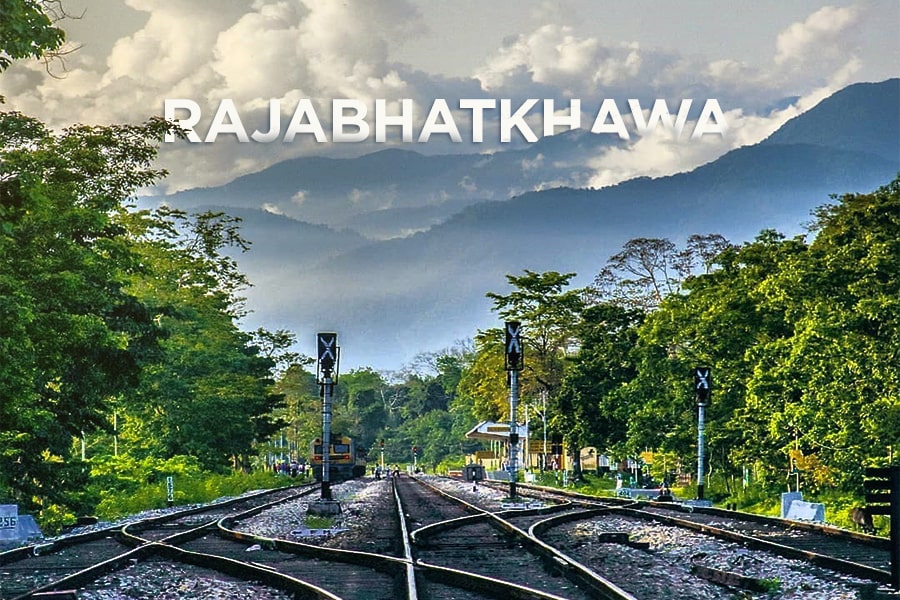Murti Bridge is around 5kms from our resort and is one of the most popular tourist spots in North Bengal. This place is named after the river Murti that streams through the behind of our Resort. Gorumara National Park and Chapramari forest are nearby locations to Murti. The place is famous for its serene atmosphere and it is surrounded by forests giving the place a calming vibe.
PLACES NEARBY
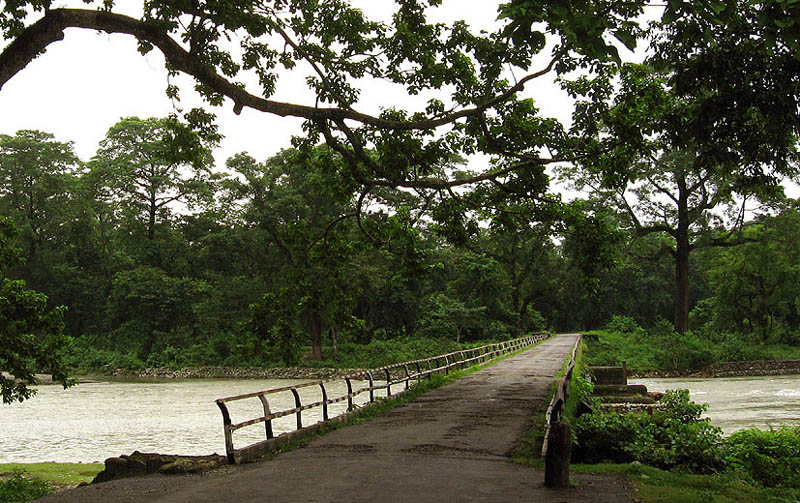
Chalsa is around 10kms from the resort the place and it is one of the most famous places in Dooars. The scenic beauty of the lush green forests is the highlight of Chalsa. Gorumara National Park, Chapramari Forest both are within short distances from this place and for these wildlife and different birds habitats are quite popular.
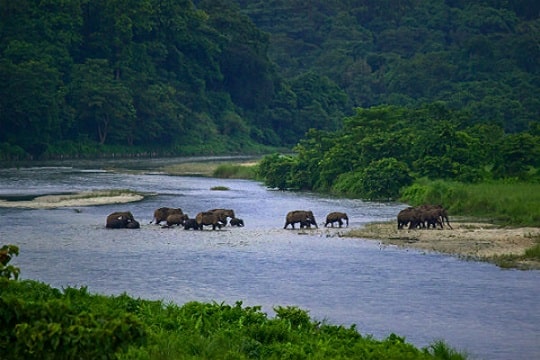
Bindu is situated at about 2000ft and is one of the most picturesque locations of the area. It is close to the Indo-Bhutan border. Bindu Dam on the Jaldhaka River, Cardamom plantations are some of the popular tourist destinations to witness in Bindu. Bindu is around 45Kms from our Resort.
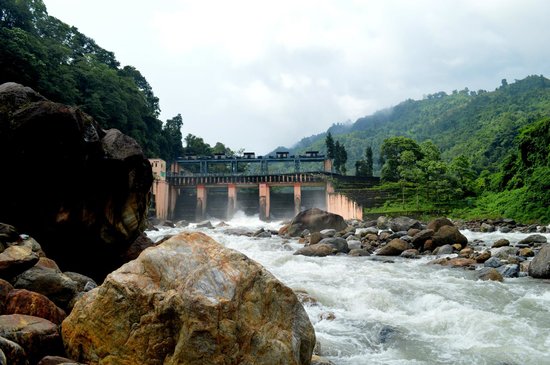
Chapramari Wildlife Sanctuary A large variety of flora and fauna are found in this forests. Chapramari is known for its elephant population. Gaur (commonly known as Indian bison) are not uncommon in the Chapramari region. Rhinoceros, Deer, boars, and leopards are also found there.
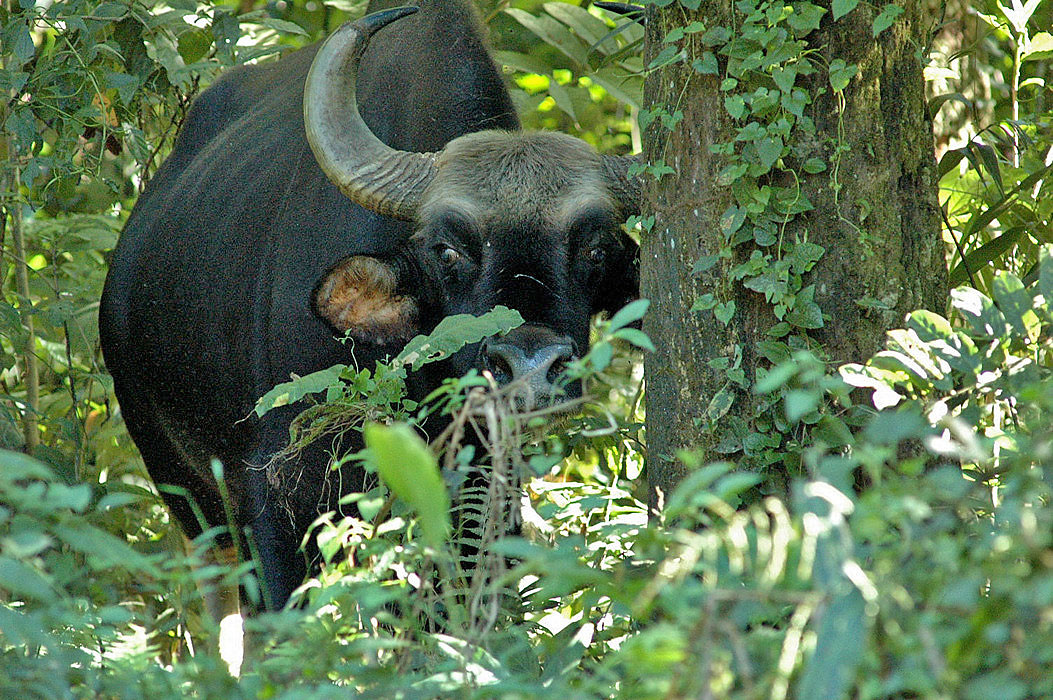
This tourist spot is 35km from our Resort, its surrounded by the thickly wooded forest and the astounding hills of Bhutan in the backdrop, Jhalong is undoubtedly a paradise for nature lovers.

The forest is mainly savannah covered with tall elephant grasses. The main attraction of the park is the Indian one-horned rhinoceros. The park holds the largest rhino population in India after Kaziranga National Park in Assam. Other animals in the park includes Indian leopard, Indian elephants, sambar, barking deer, spotted deer, hog deer, wild boars, and gaur.
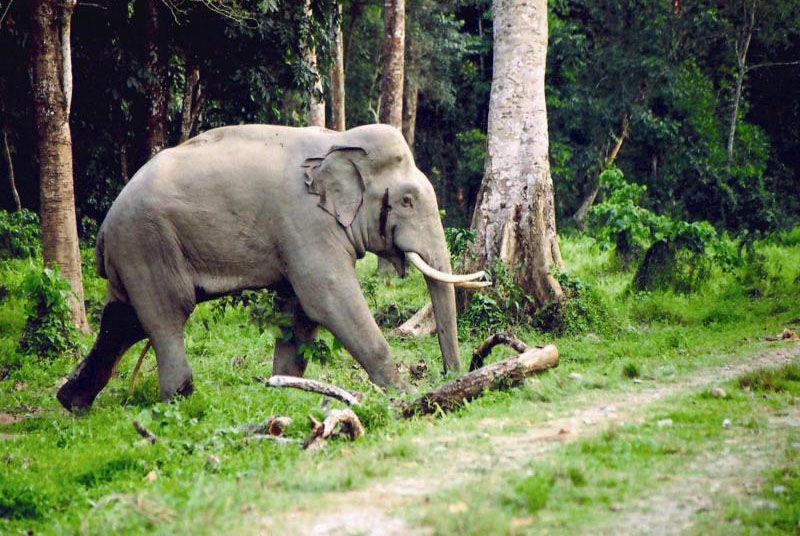
Mahananda Wildlife Sanctuary is located on the foothills of the Himalayas, between the Teesta and Mahananda rivers. Situated in the Darjeeling district of West Bengal, India; it comes under Darjeeling Wildlife division and can be reached from Siliguri in 30 minutes. Sukna, the gateway to the sanctuary, is only 13 km from Siliguri and 28 km from Bagdogra airport.
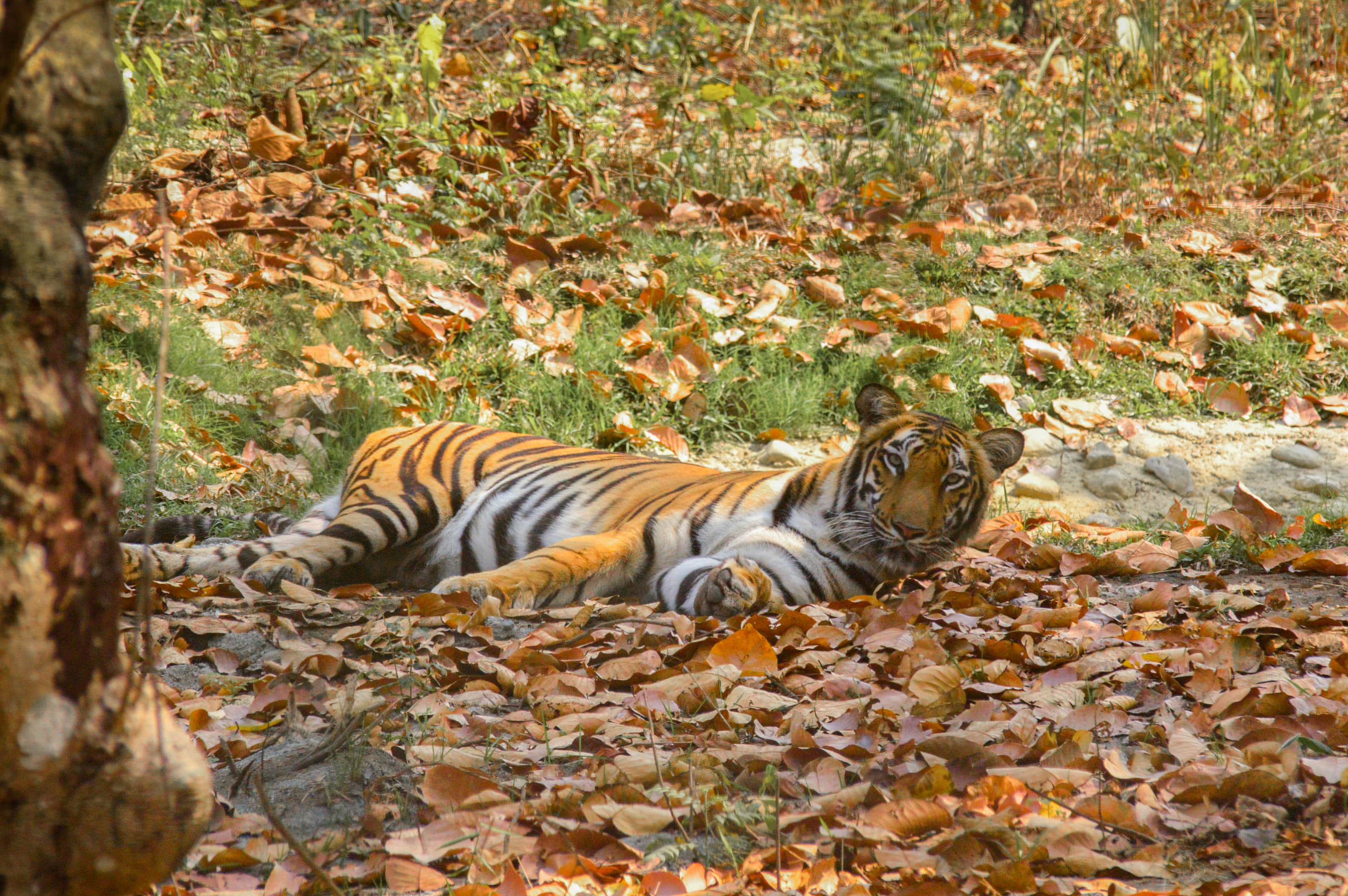
Latpanchar is a relatively new tourist destination located at an altitude of 5000 ft above sea level on the hilly region of Mahananda Wild Life Sanctuary. It is in the Kurseong division of Darjeeling district. The village is known for its proximity to the core area of the Mahananda WLS. It is also famous for the medicinal plants it produces; there is a large plantation of cinchona around here. Snow-capped peaks of Himalaya is widely visible from here.

Buxa Tiger Reserve is a tiger reserve in northern West Bengal, India, covering an area of 760 sqkm (290 sq mi). In altitude, it ranges from 60 m (200 ft) in the Gangetic Plains to 1,750 m (5,740 ft) bordering the Himalayas in the north. At least 284 bird species inhabit the reserve. Mammals present include Asian elephant, gaur, Sambar deer, clouded leopard, Indian leopard.
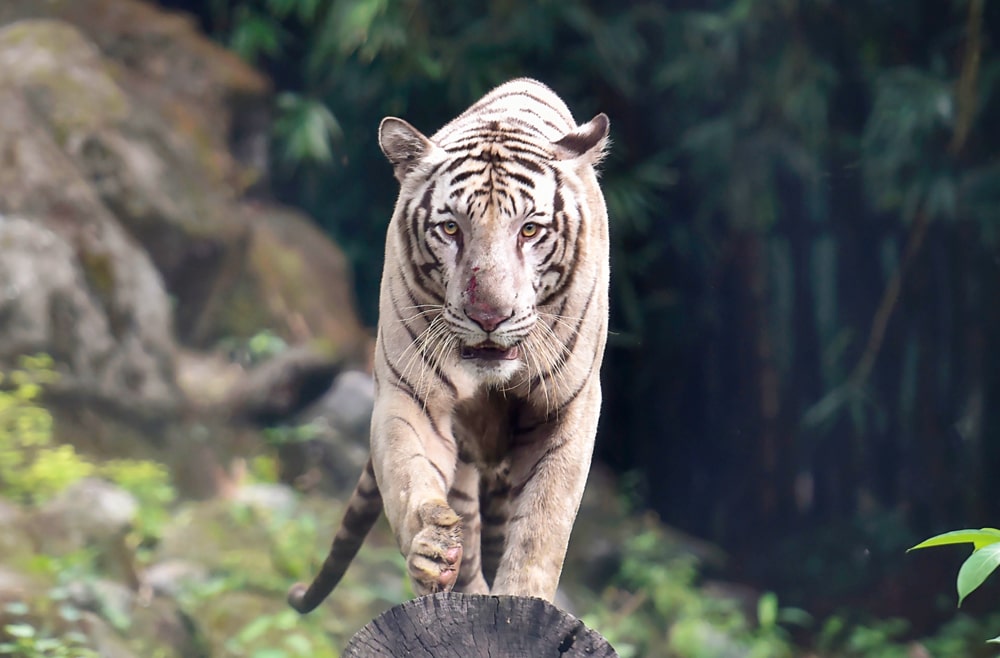
The forest forms an elephant corridor between Jaldapara National Park and the Buxa Tiger Reserve and is rich in wildlife. New species continue to be found. The forest used to be home to large Rhinoceros populations. In hunting expeditions in 1892-1904, in and around Chilapata Forest, the Maharajah of Cooch Behar recorded killing one rhino, injury of one, and sighting of over 14. Rhinos now are extremely rare. Indian leopards are still common.
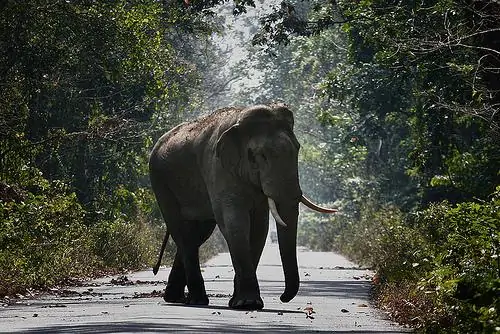
Rajabhatkhawa is a small town situated just outside the Buxa Tiger Reserve in the Kalchini block in the Alipurduar subdivision of the Alipurduar district in West Bengal, India. It is known for its natural environment, and is surrounded by forest. All the permits for the entry to the Buxa Tiger reserve are sanctioned by the Forest Department after through scrutiny of the purpose of the visit.
